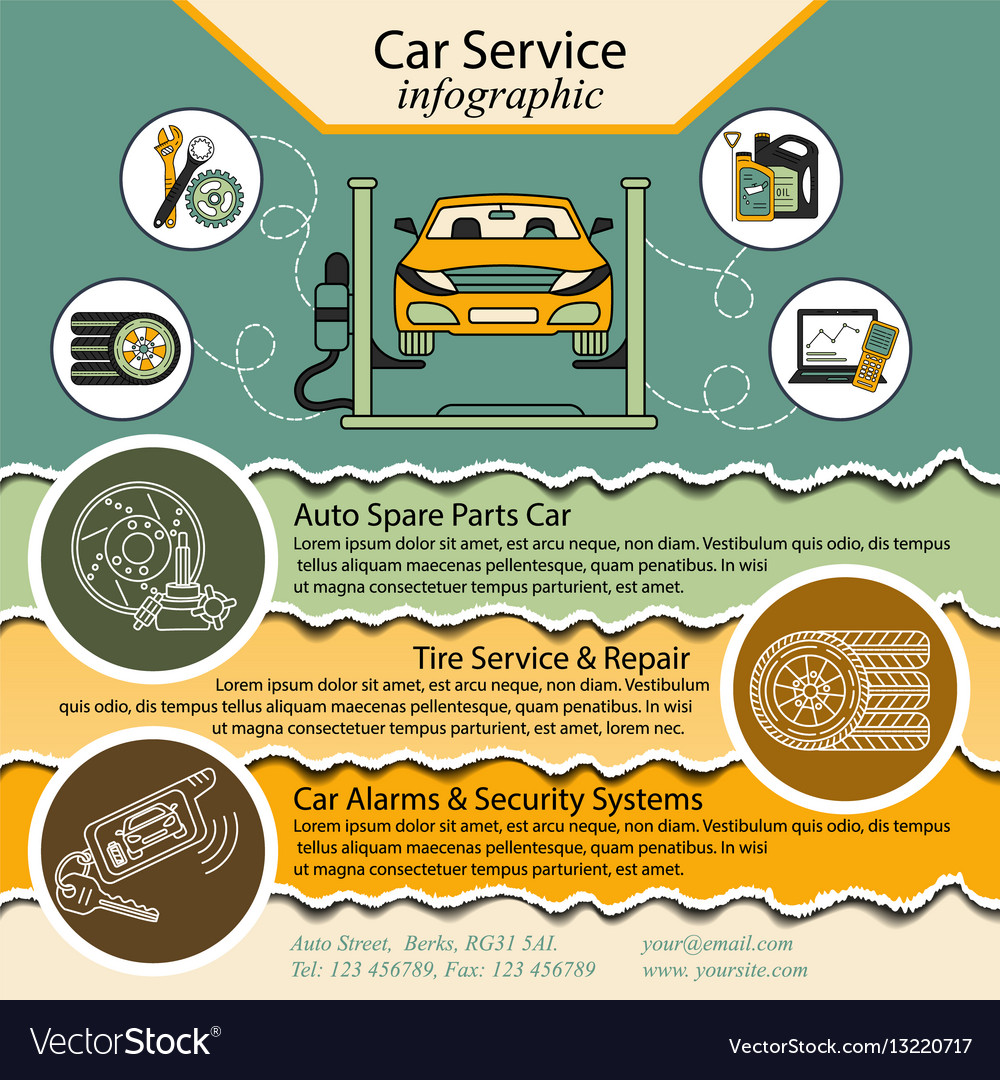Recognizing Your Automobile'S Caution Lighting: What Do They Actually Mean?
Recognizing Your Automobile'S Caution Lighting: What Do They Actually Mean?
Blog Article
Web Content Writer-Boye Kejser
When you're behind the wheel, those beautiful caution lights on your control panel can be a little bit puzzling. Do you recognize what they're trying to tell you concerning your auto's wellness? Understanding the importance of these lights is crucial for your security and the durability of your automobile. So, the next time among those lights appears, would not you wish to analyze its message accurately and take the essential steps to resolve it?
Common Caution Lights and Interpretations
Recognize common warning lights in your cars and truck and recognize their meanings to guarantee risk-free driving.
The most typical caution lights consist of the check engine light, which signals concerns with the engine or emissions system. If this light begins, it's important to have your automobile checked promptly.
The oil pressure cautioning light suggests reduced oil stress, requiring immediate focus to avoid engine damages.
A blinking battery light might suggest a faulty billing system, potentially leaving you stranded otherwise resolved.
The tire stress tracking system (TPMS) light informs you to reduced tire stress, influencing automobile stability and fuel effectiveness. Neglecting this can bring about hazardous driving conditions.
The abdominal light shows a problem with the anti-lock braking system, compromising your ability to quit quickly in emergencies.
Last but not least, the coolant temperature cautioning light warns of engine getting too hot, which can lead to severe damages otherwise resolved promptly.
Understanding these typical warning lights will assist you deal with problems without delay and preserve safe driving conditions.
Importance of Prompt Interest
Understanding the common caution lights in your cars and truck is only the initial step; the significance of immediately dealing with these warnings can't be emphasized enough to ensure your security when traveling.
When hop over to this site illuminates on your dashboard, it's your auto's method of interacting a possible issue that needs attention. Overlooking these warnings can bring about much more severe troubles in the future, endangering your security and potentially costing you more in repairs.
Prompt interest to advising lights can prevent malfunctions and accidents. For instance, a flashing check engine light could show a misfire that, if left neglected, can cause damages to the catalytic converter. Resolving this without delay can save you from a pricey repair work.
Similarly, a brake system cautioning light could signify reduced brake fluid or used brake pads, essential elements for your safety and security when driving.
DIY Troubleshooting Tips
If you observe a warning light on your control panel, there are a couple of DIY troubleshooting tips you can try before seeking professional assistance.
The primary step is to consult your cars and truck's handbook to understand what the particular warning light indicates. Occasionally the problem can be as straightforward as a loose gas cap activating the check engine light. Tightening the gas cap may solve the trouble.
An additional usual concern is a low battery, which can activate various warning lights. Examining https://www.thurstontalk.com/2022/07/25/thurston-economic-development-council-awards-economic-courage-medals-at-hootenanny/ for corrosion and guaranteeing they're safe may repair the problem.
If a warning light persists, you can try resetting it by detaching the vehicle's battery for a few mins and after that reconnecting it. Furthermore, checking your lorry's fluid levels, such as oil, coolant, and brake liquid, can help fix advising lights associated with these systems.
Verdict
In conclusion, comprehending your vehicle's caution lights is crucial for maintaining your car running efficiently and securely. By immediately resolving these notifies and recognizing what they indicate, you can prevent expensive repair work and prospective break downs.
Remember to consult your auto's manual for particular details on each cautioning light and do something about it appropriately to guarantee a hassle-free driving experience.
Keep notified, stay secure when driving!
